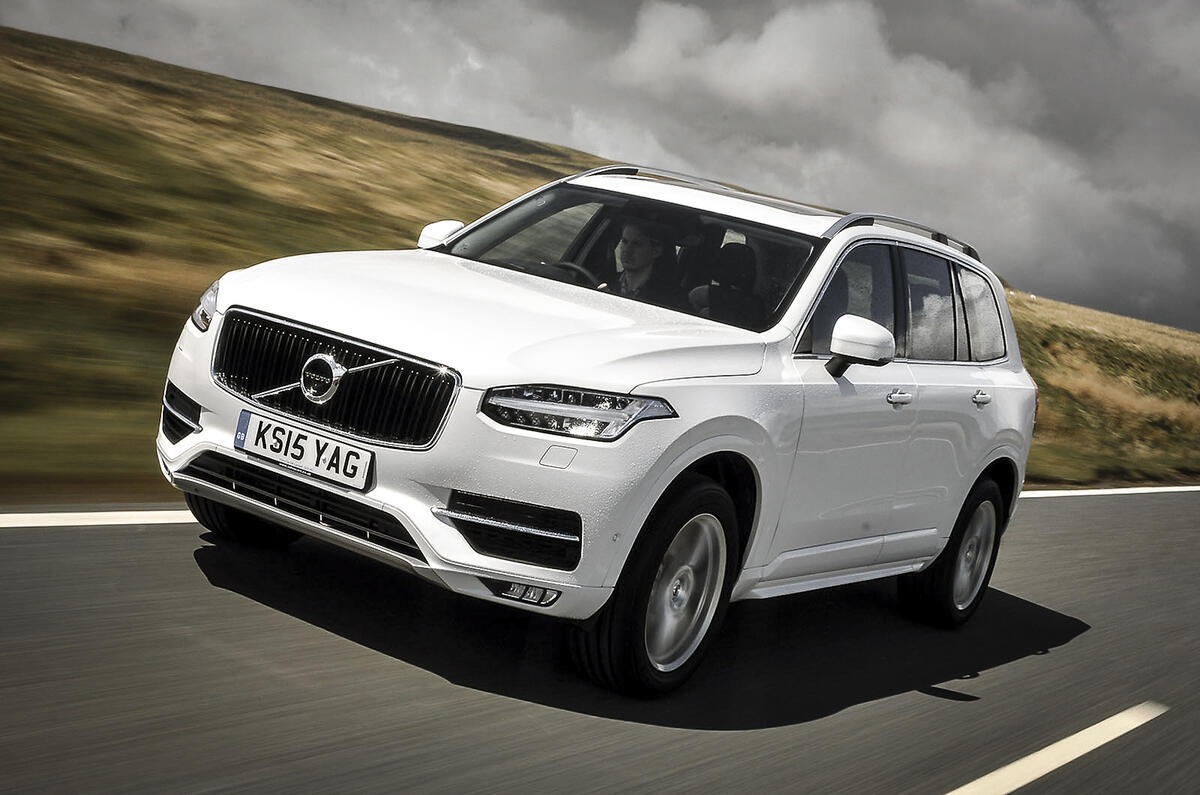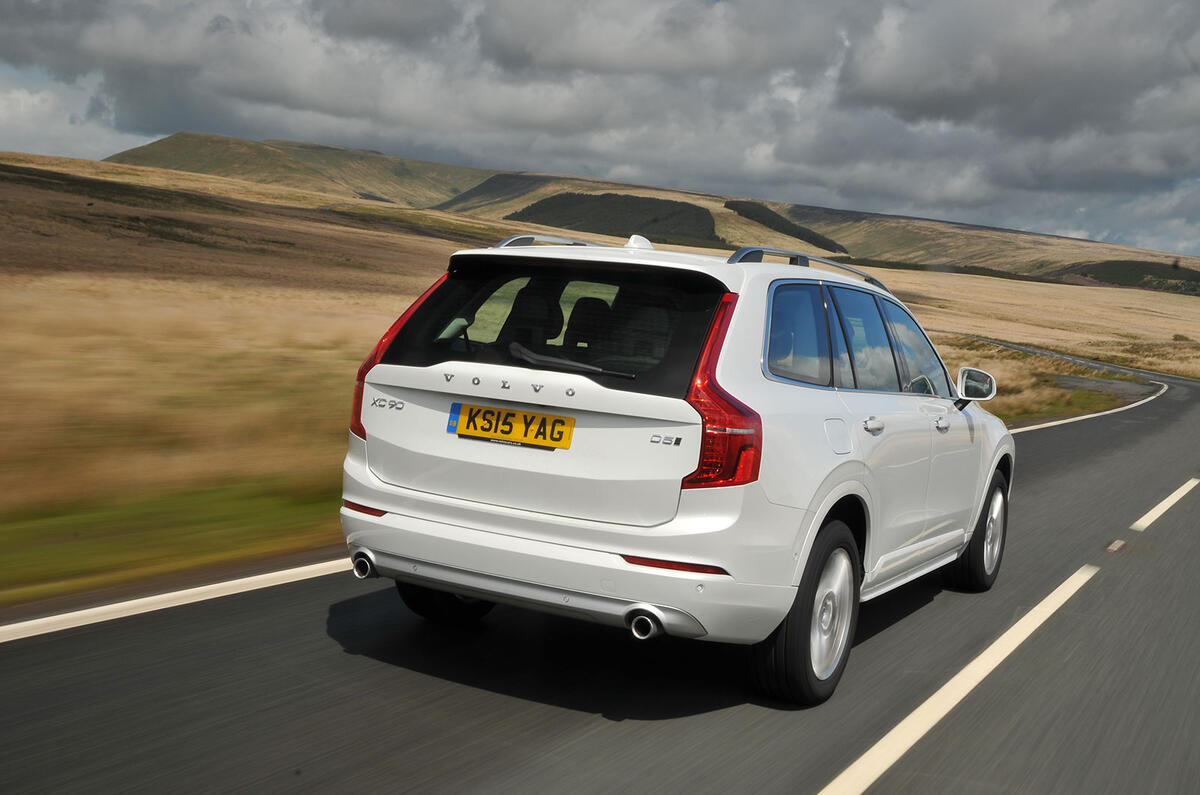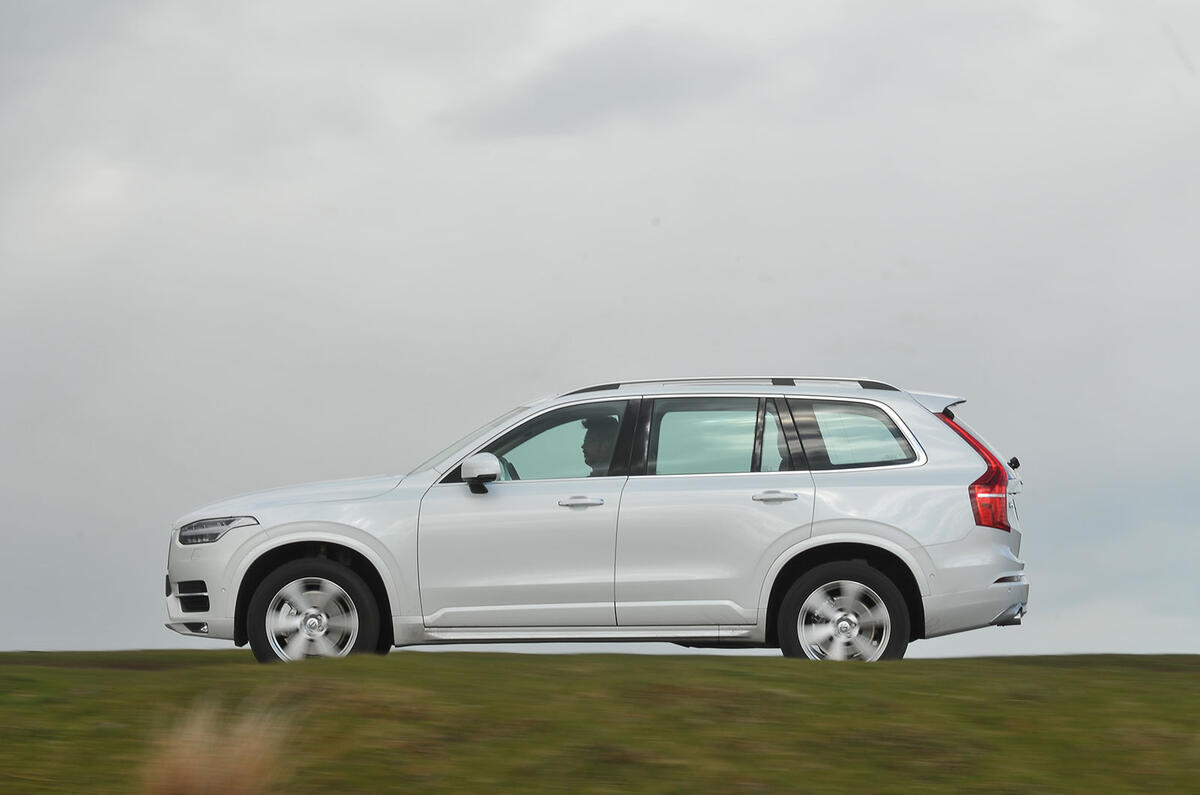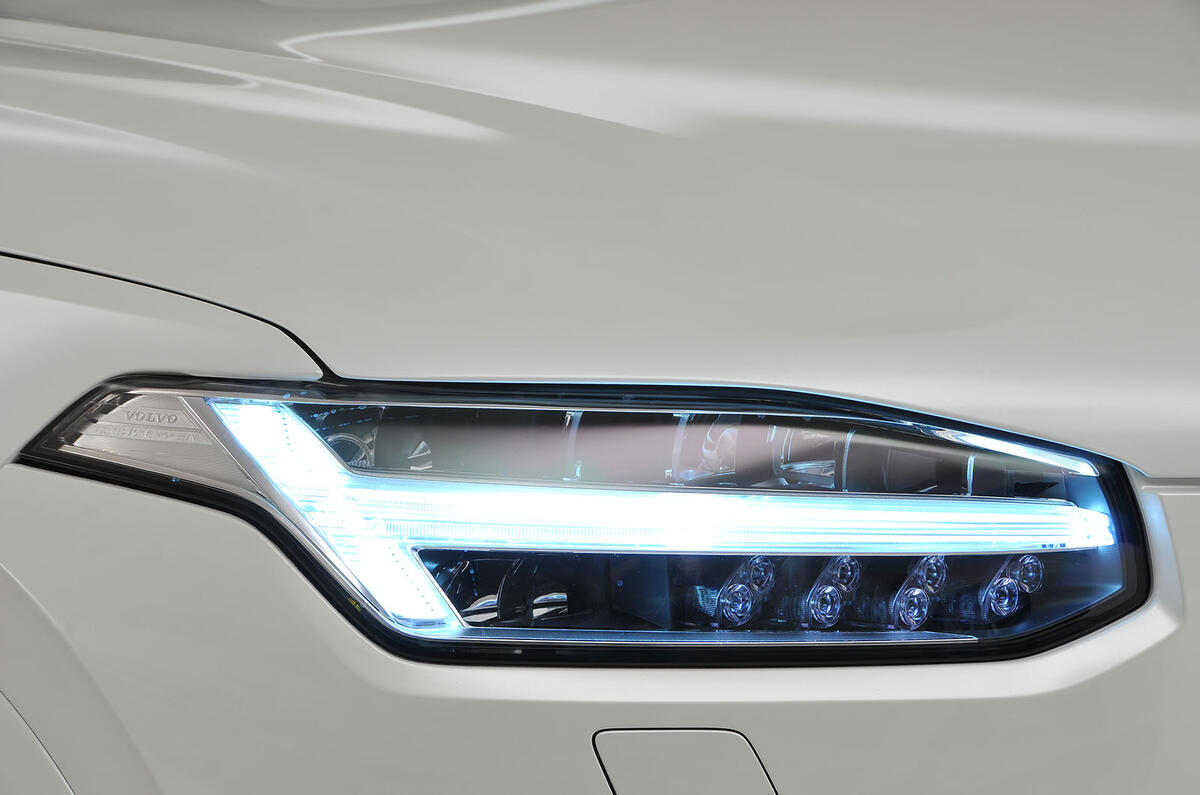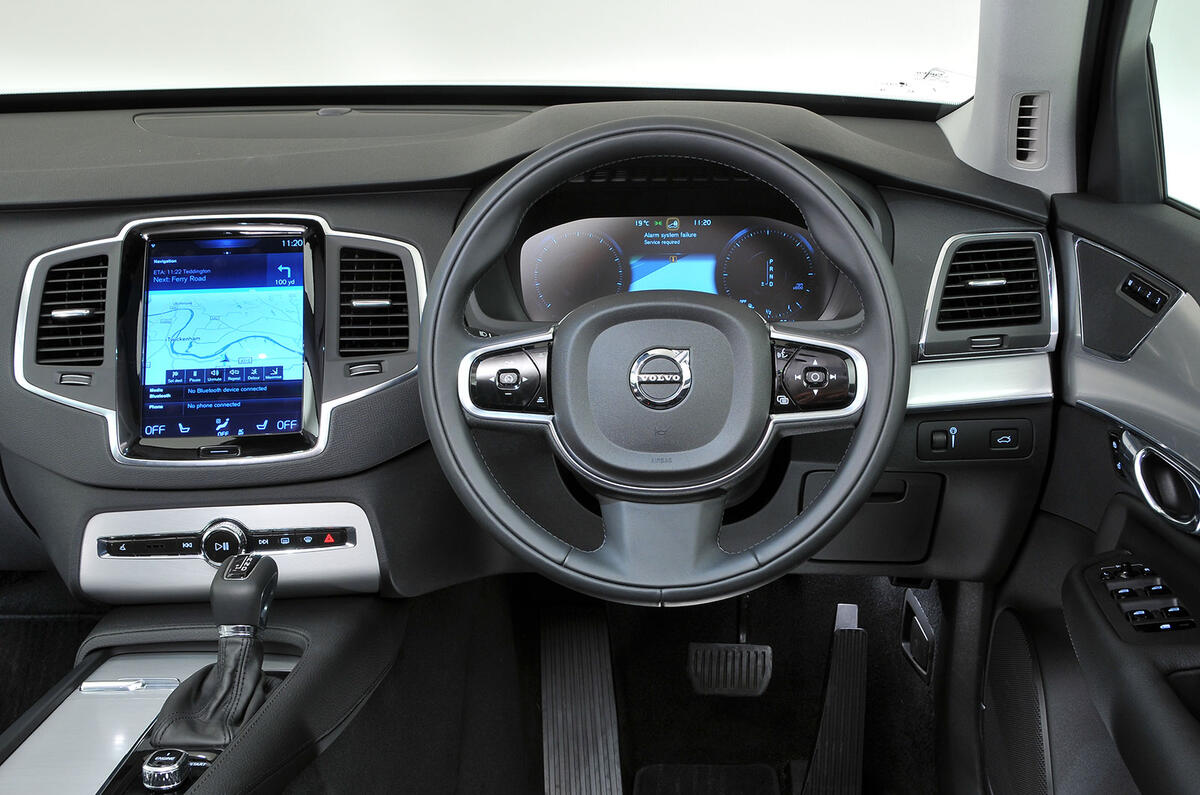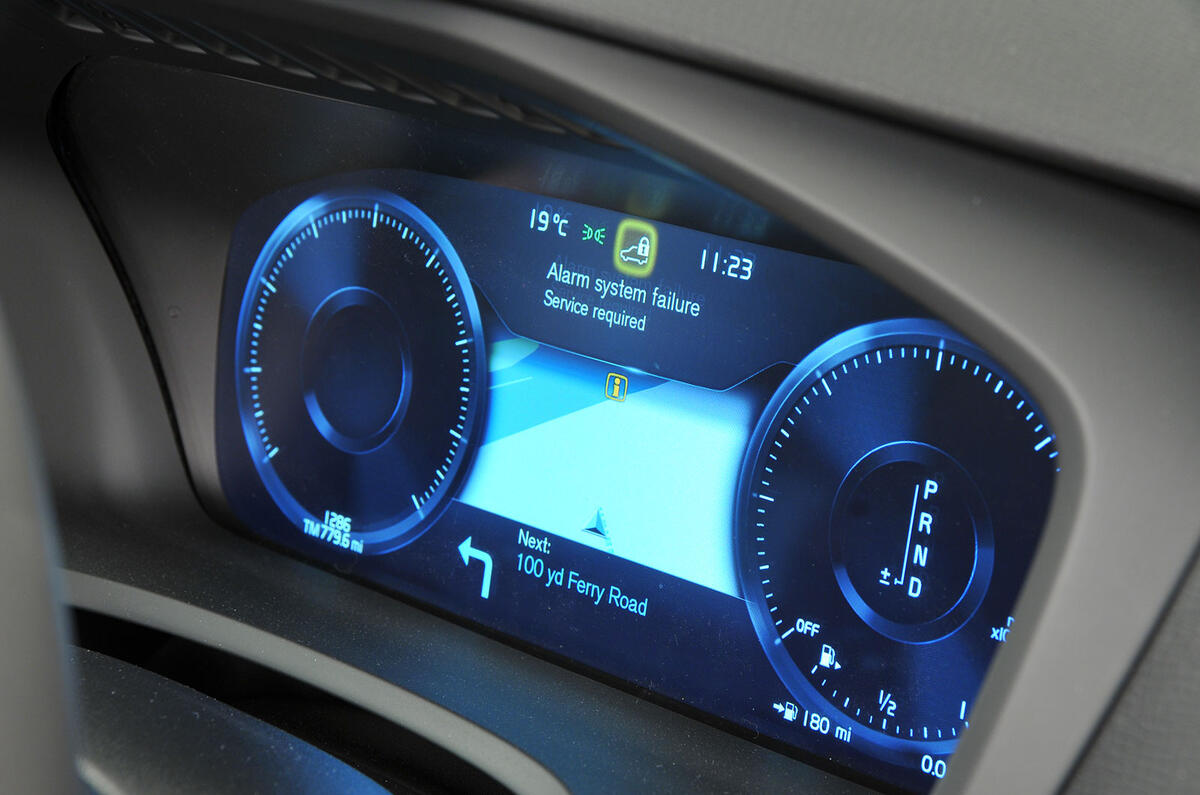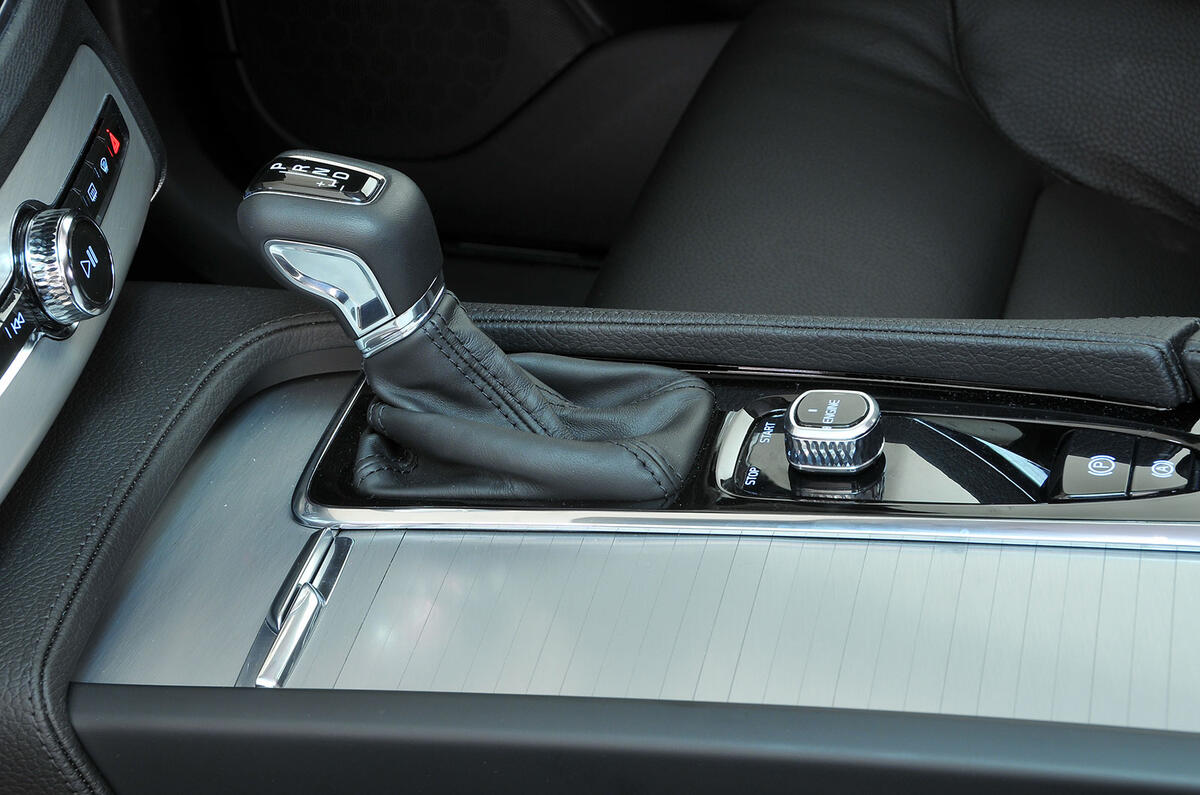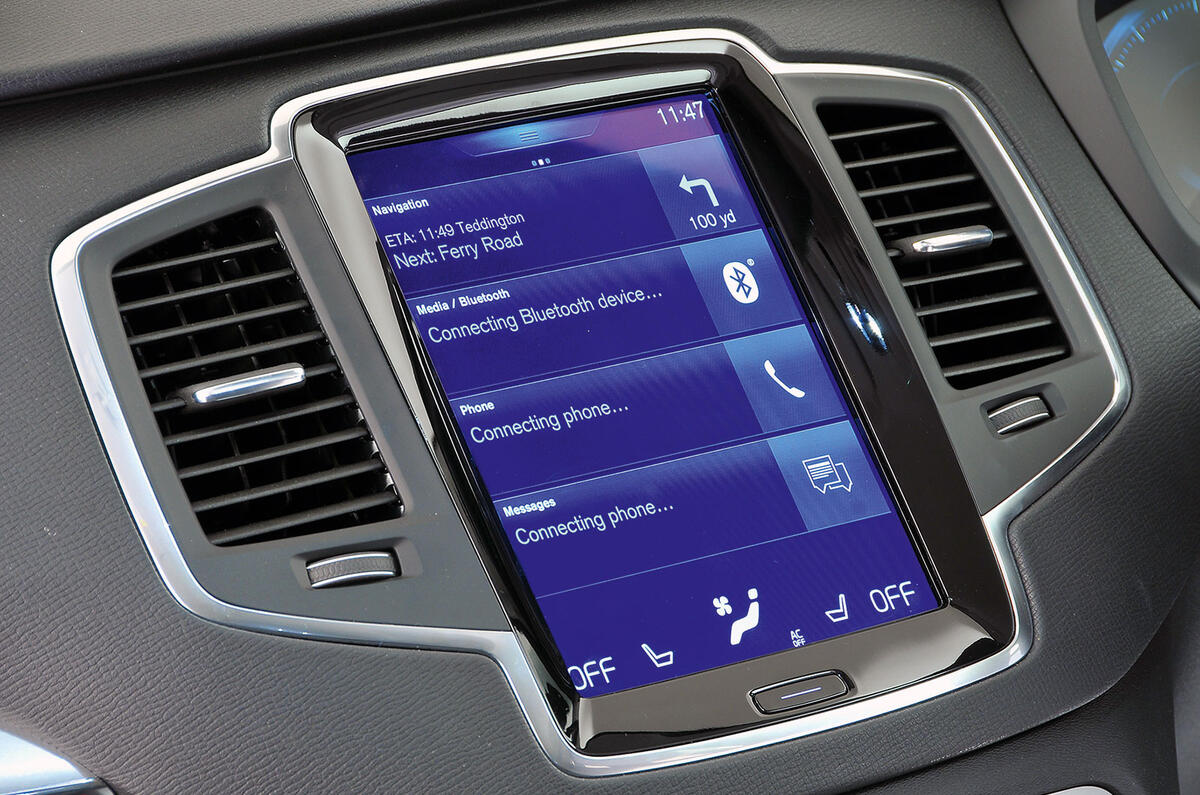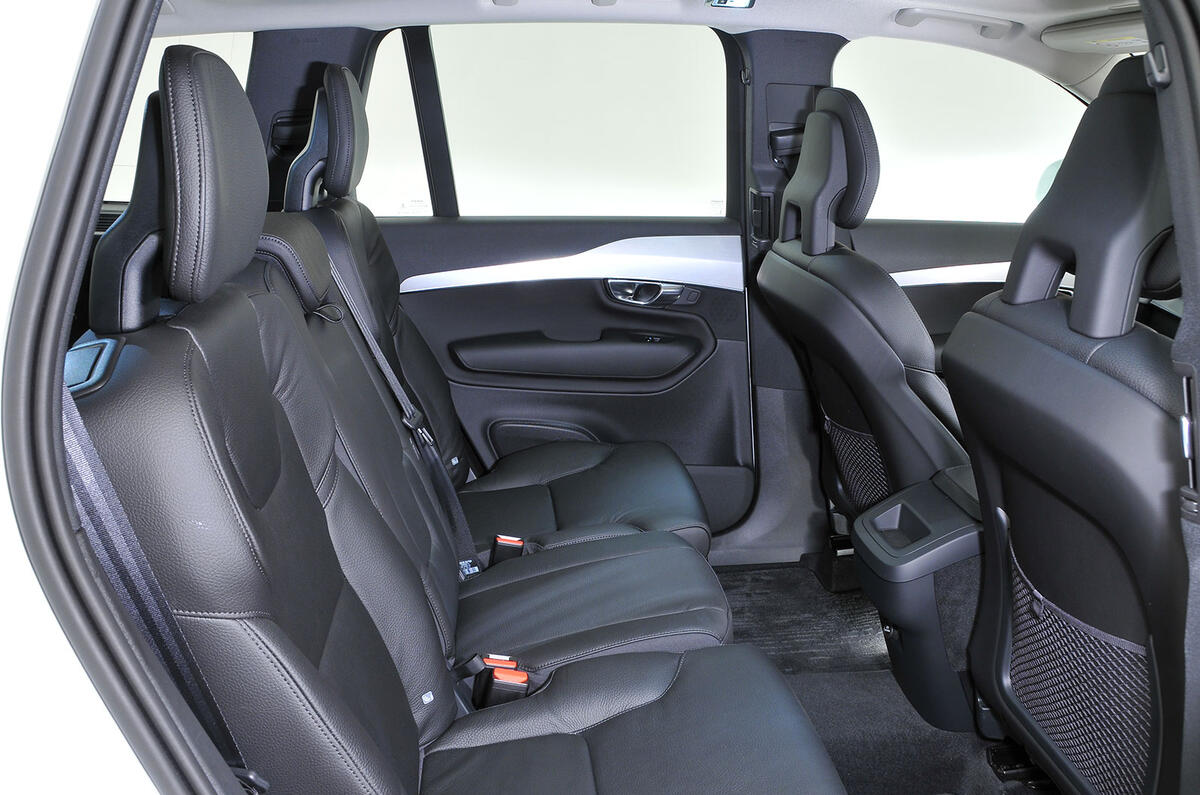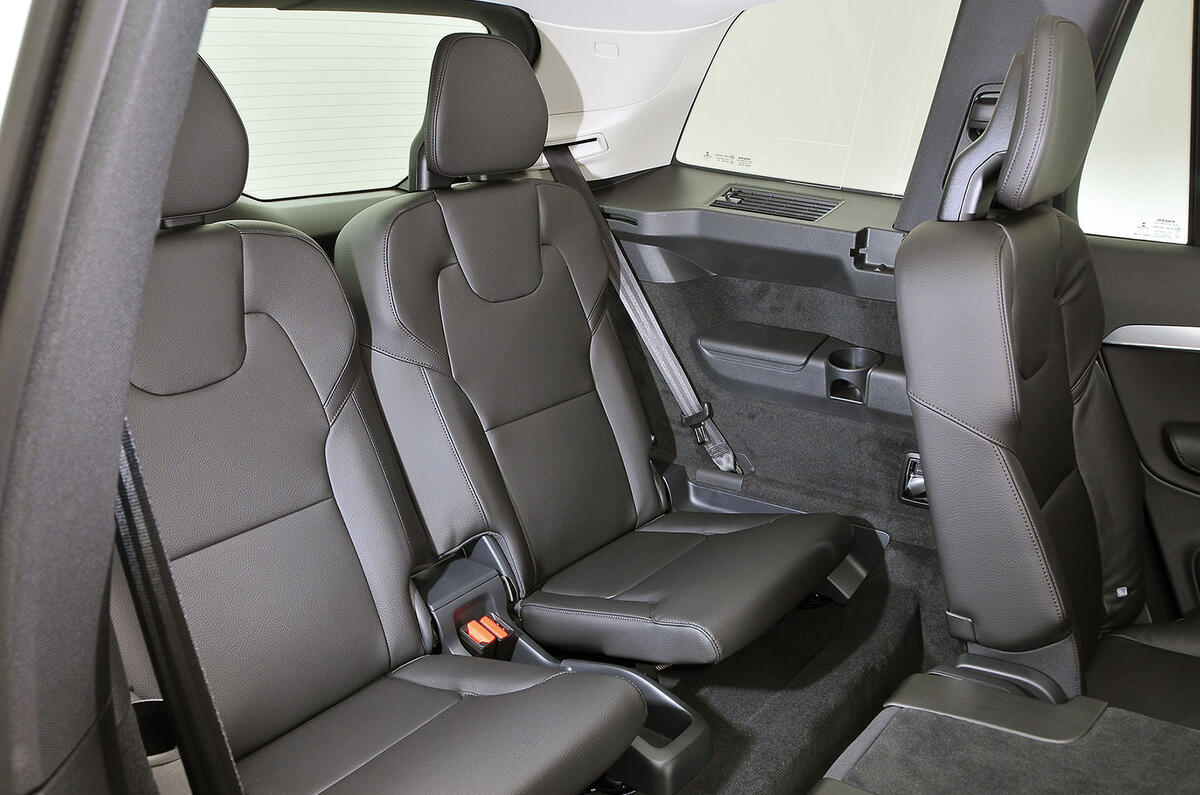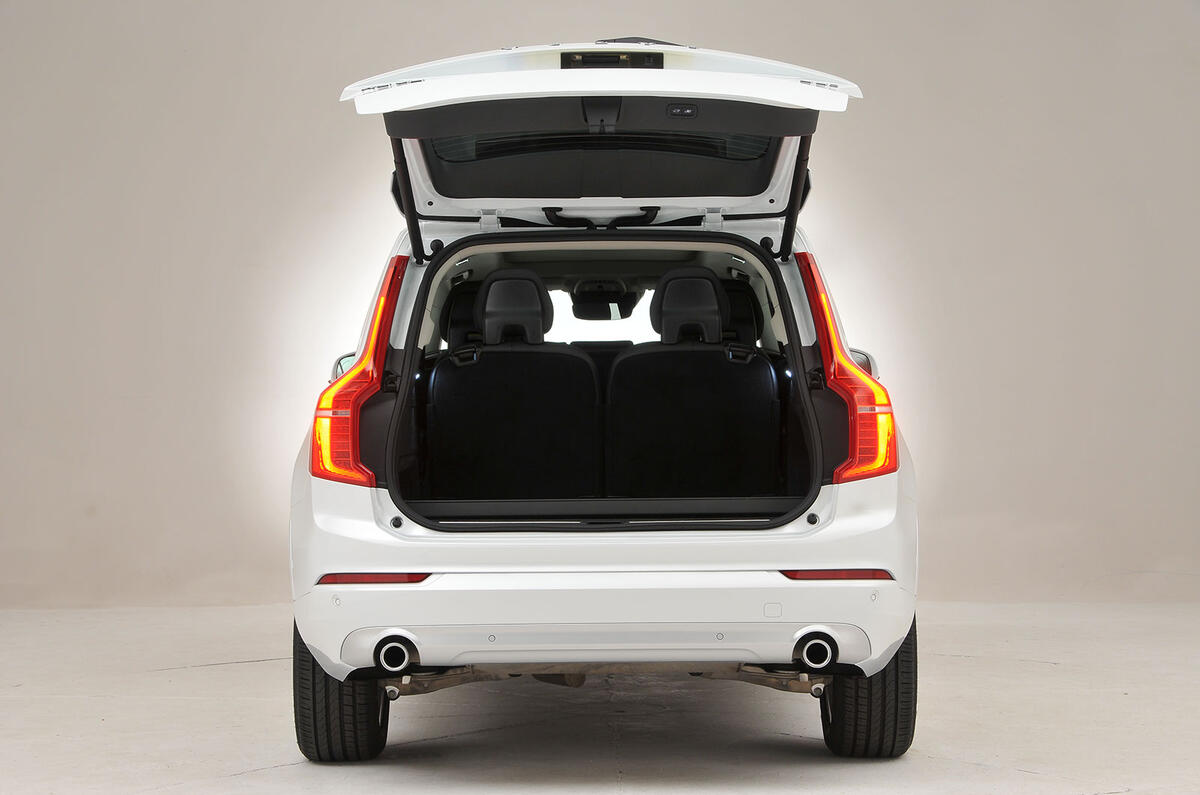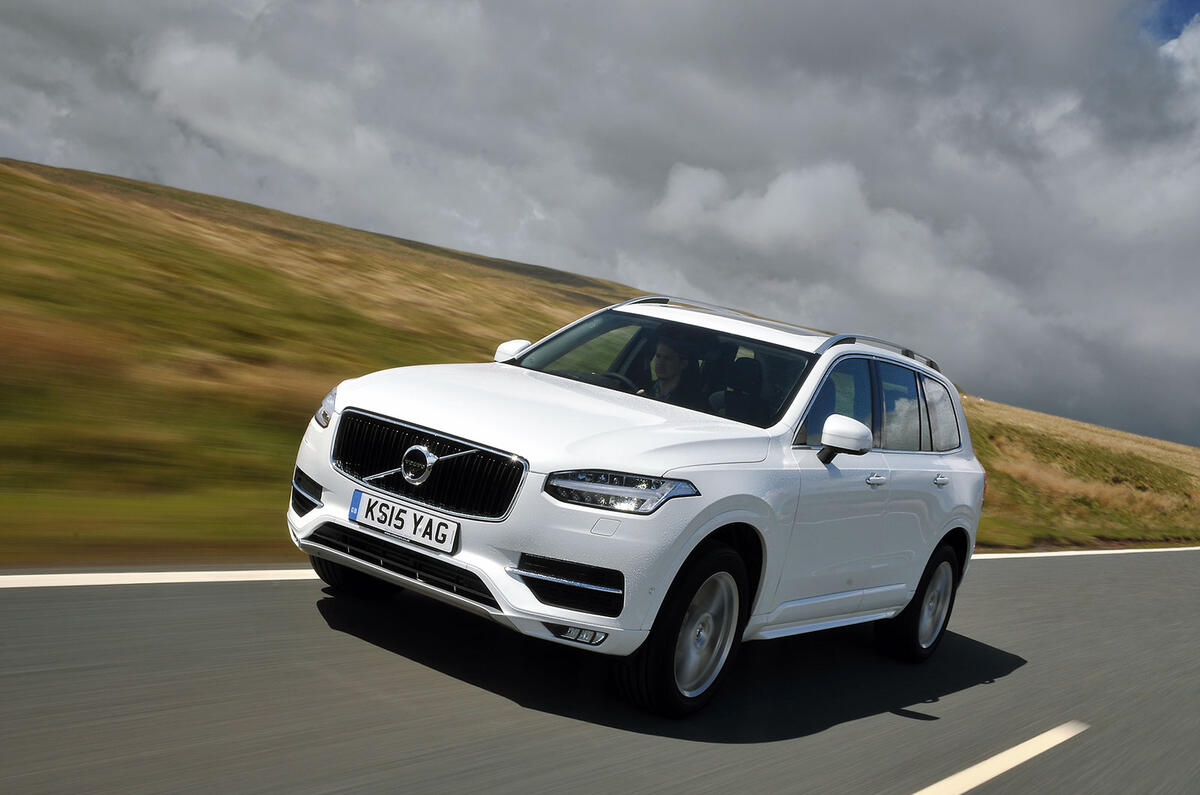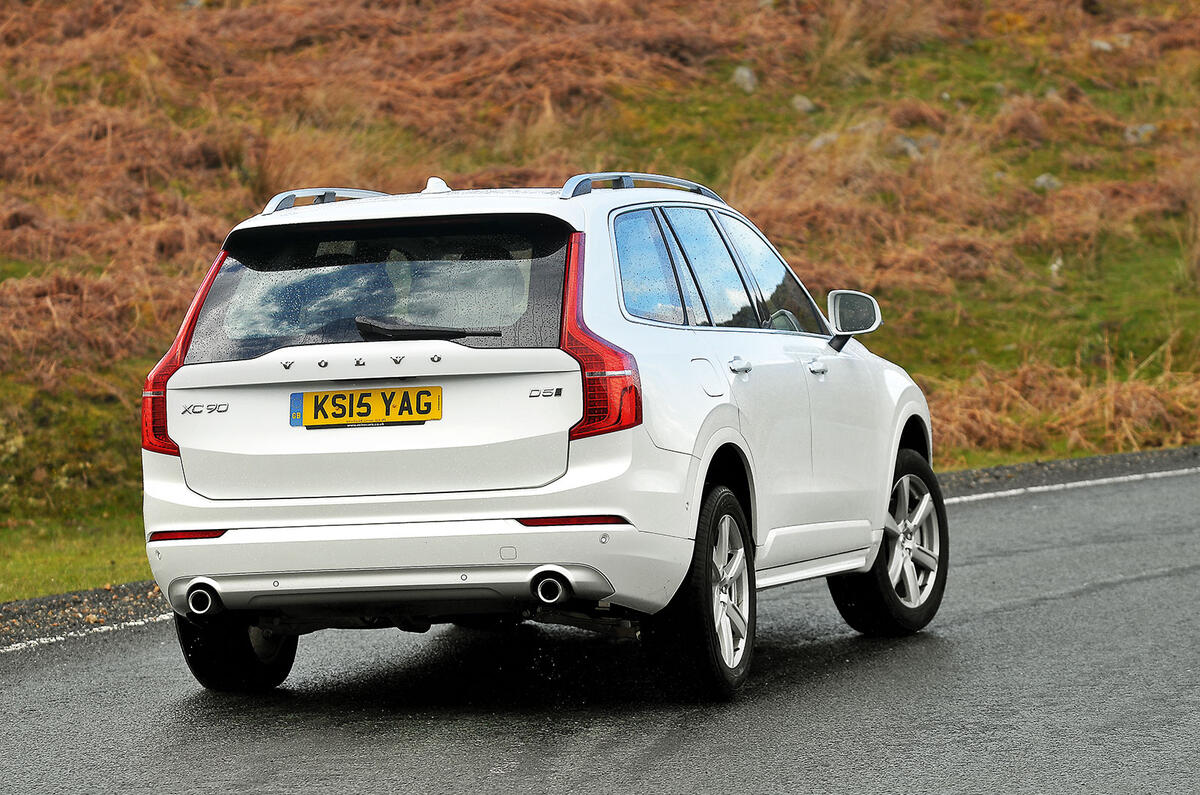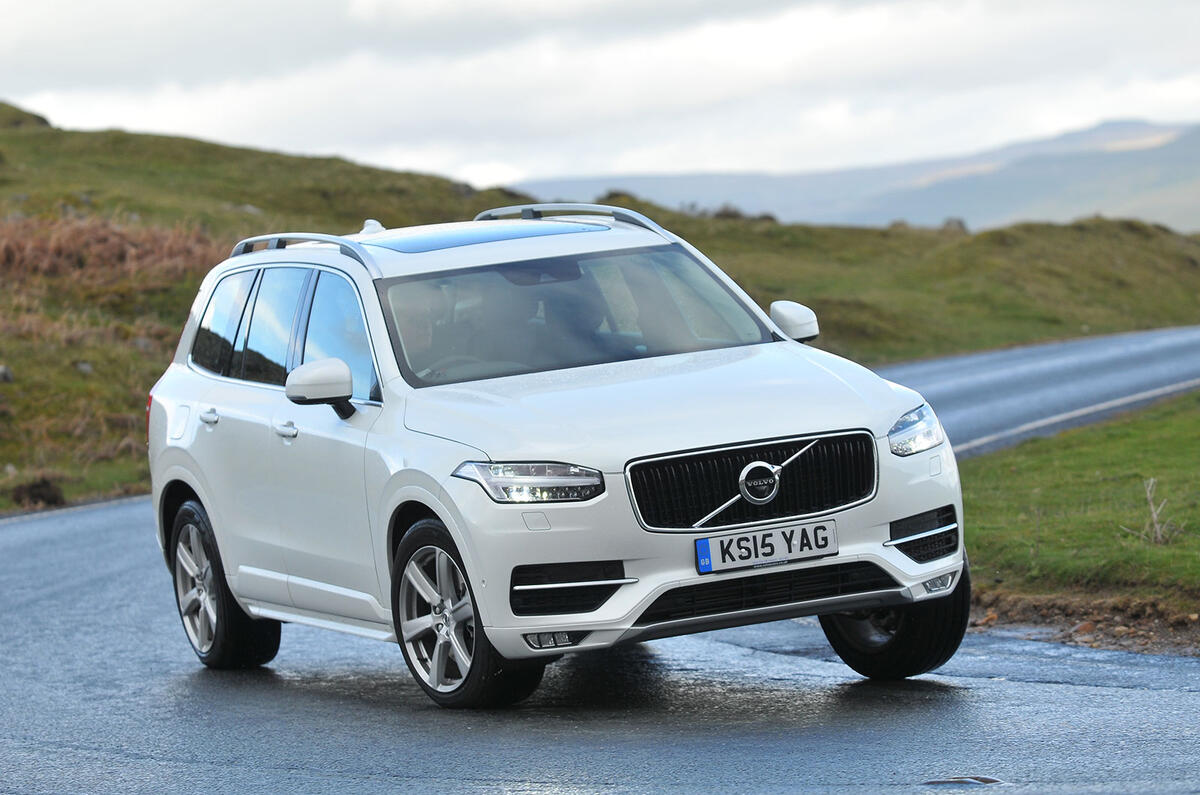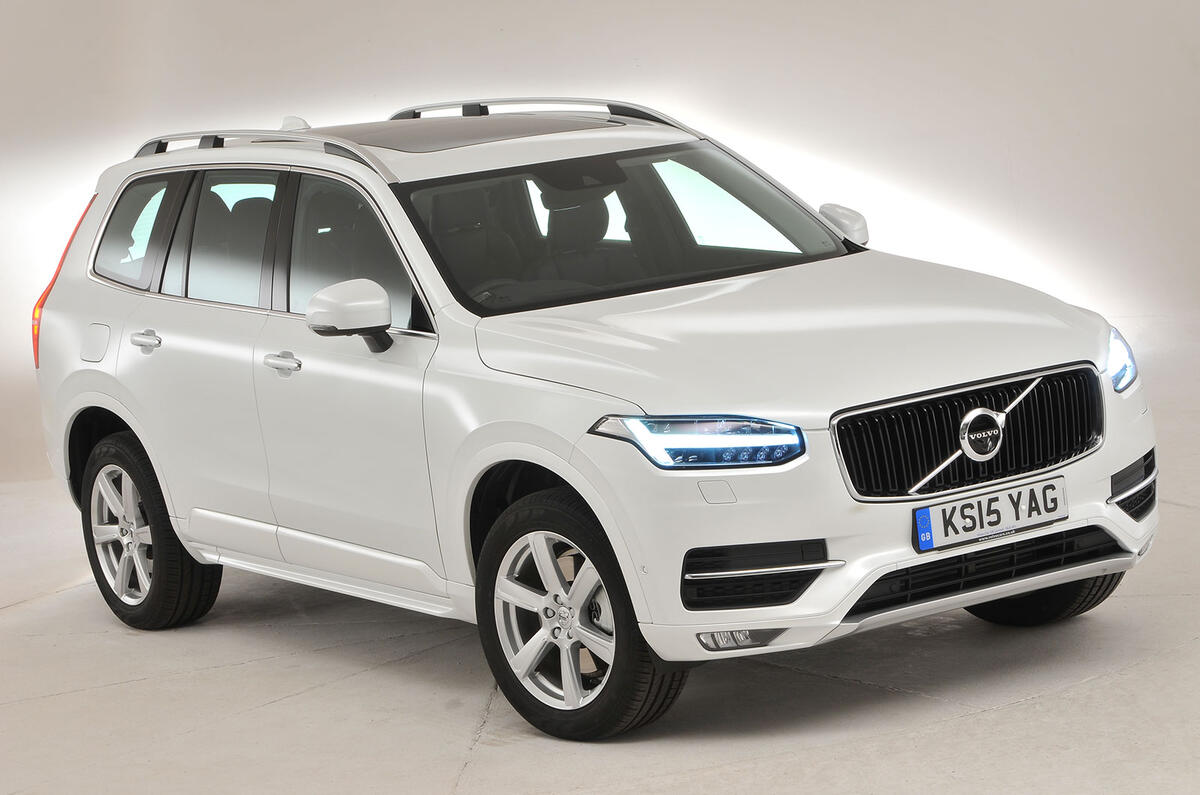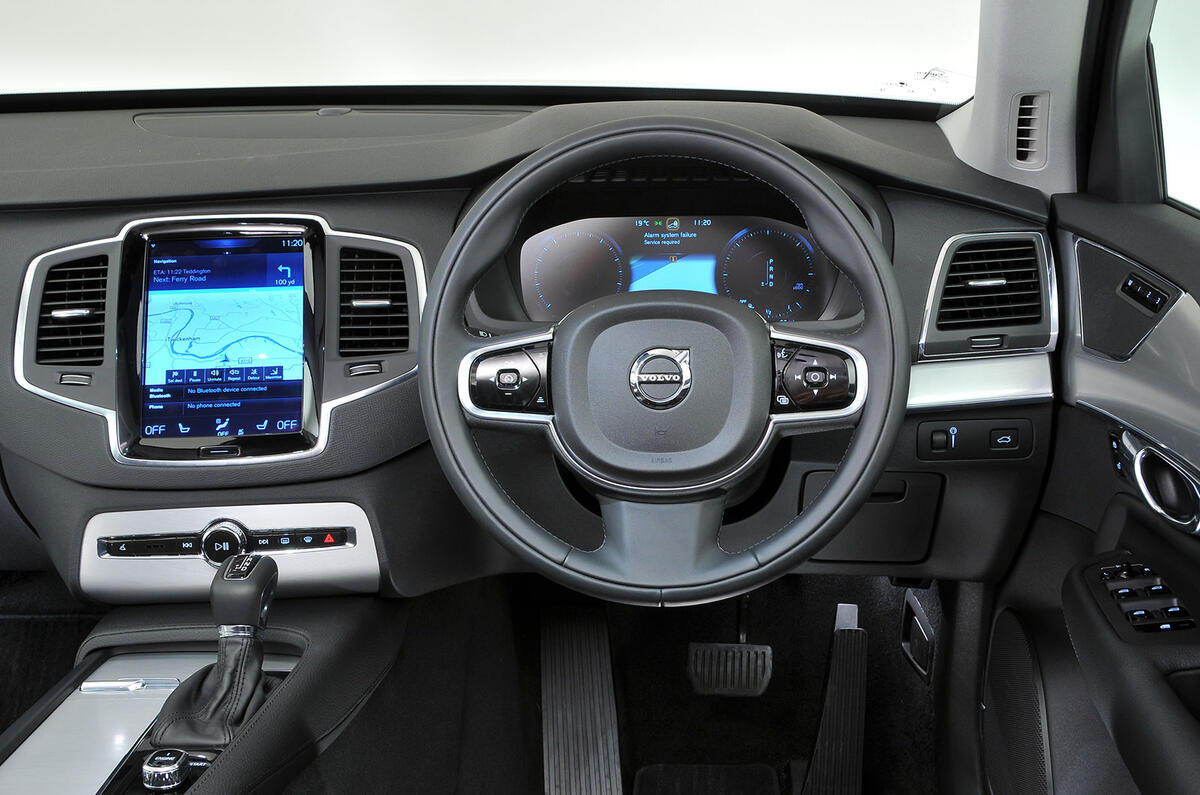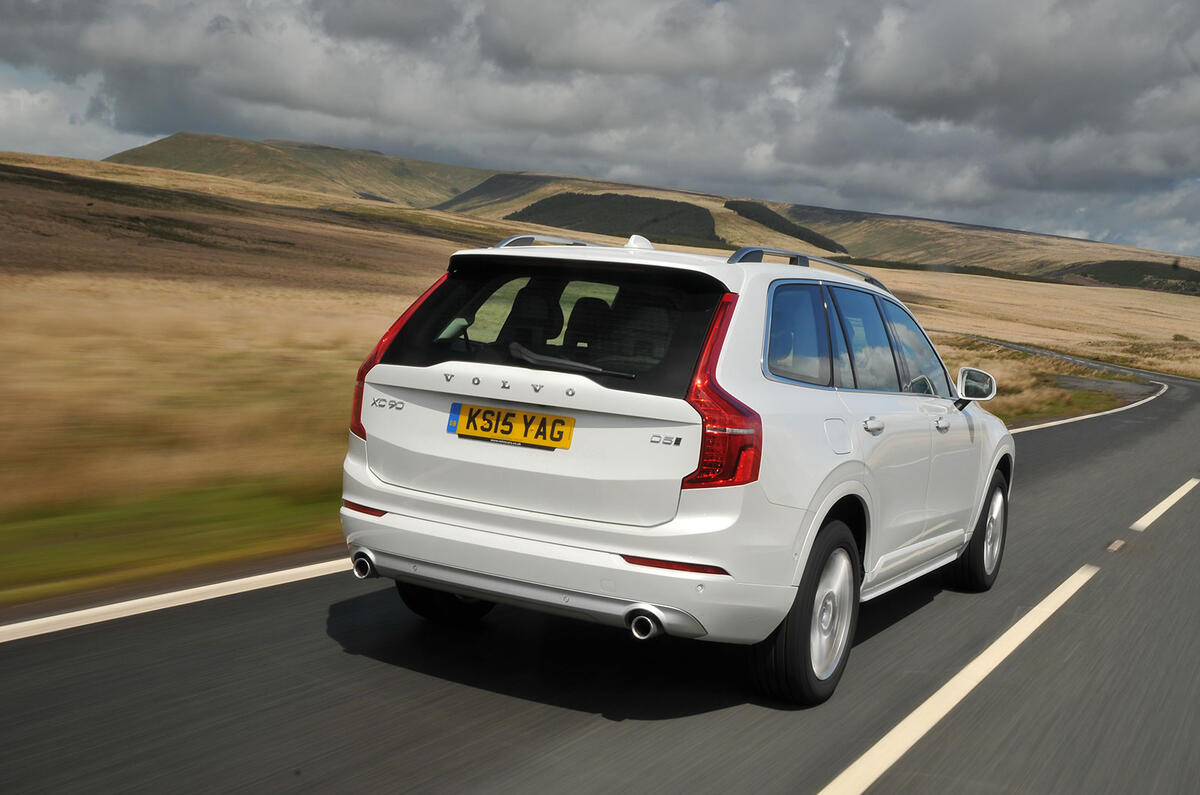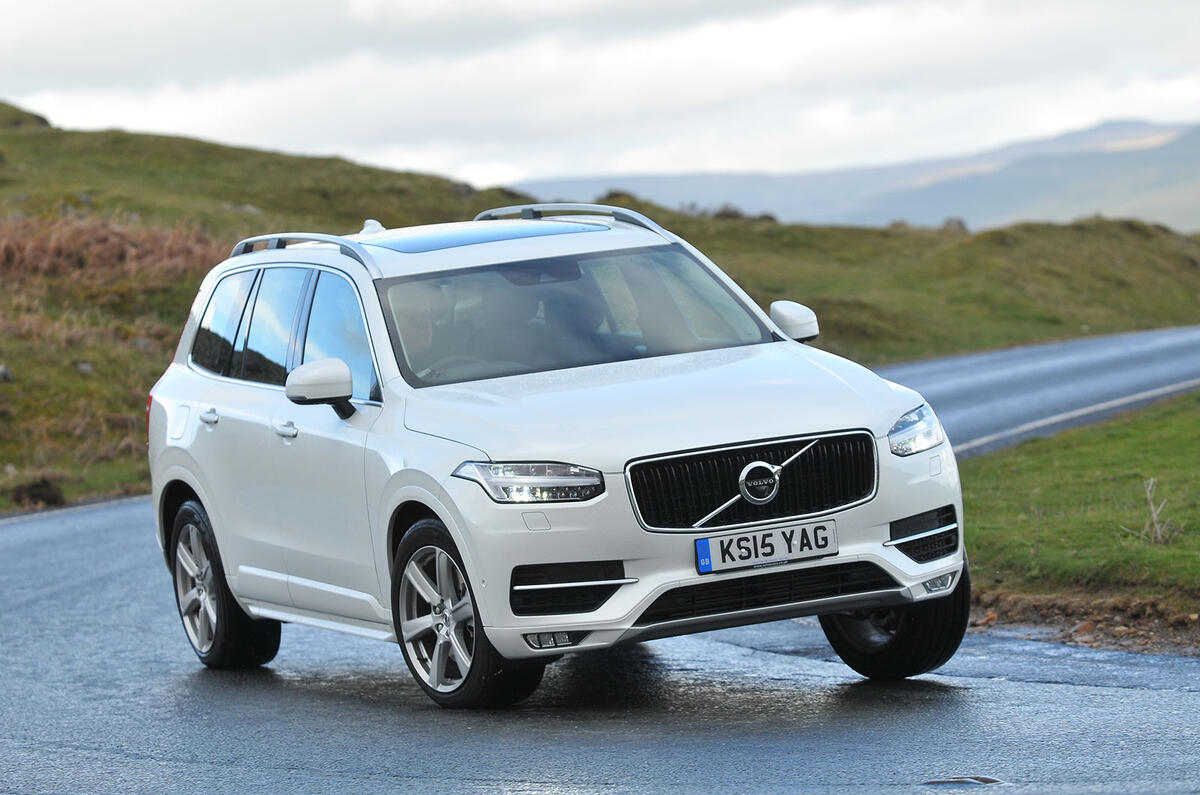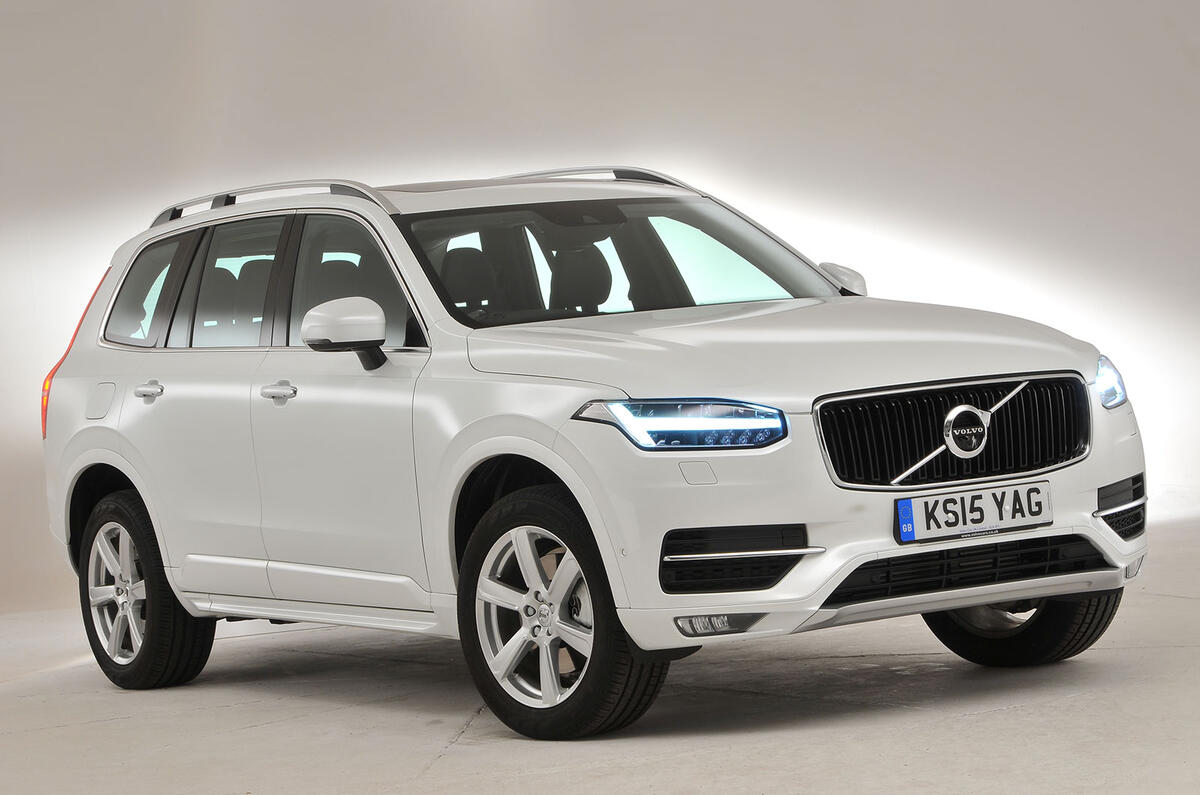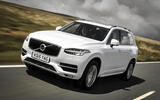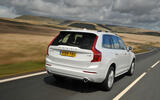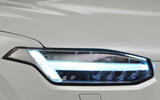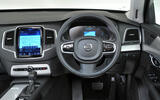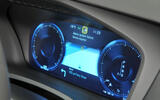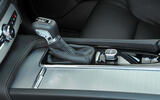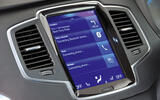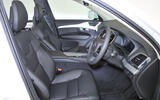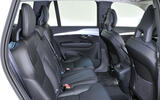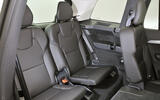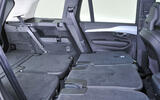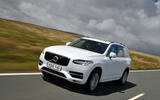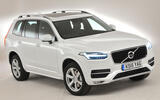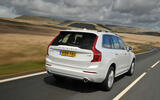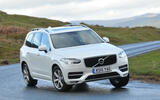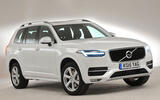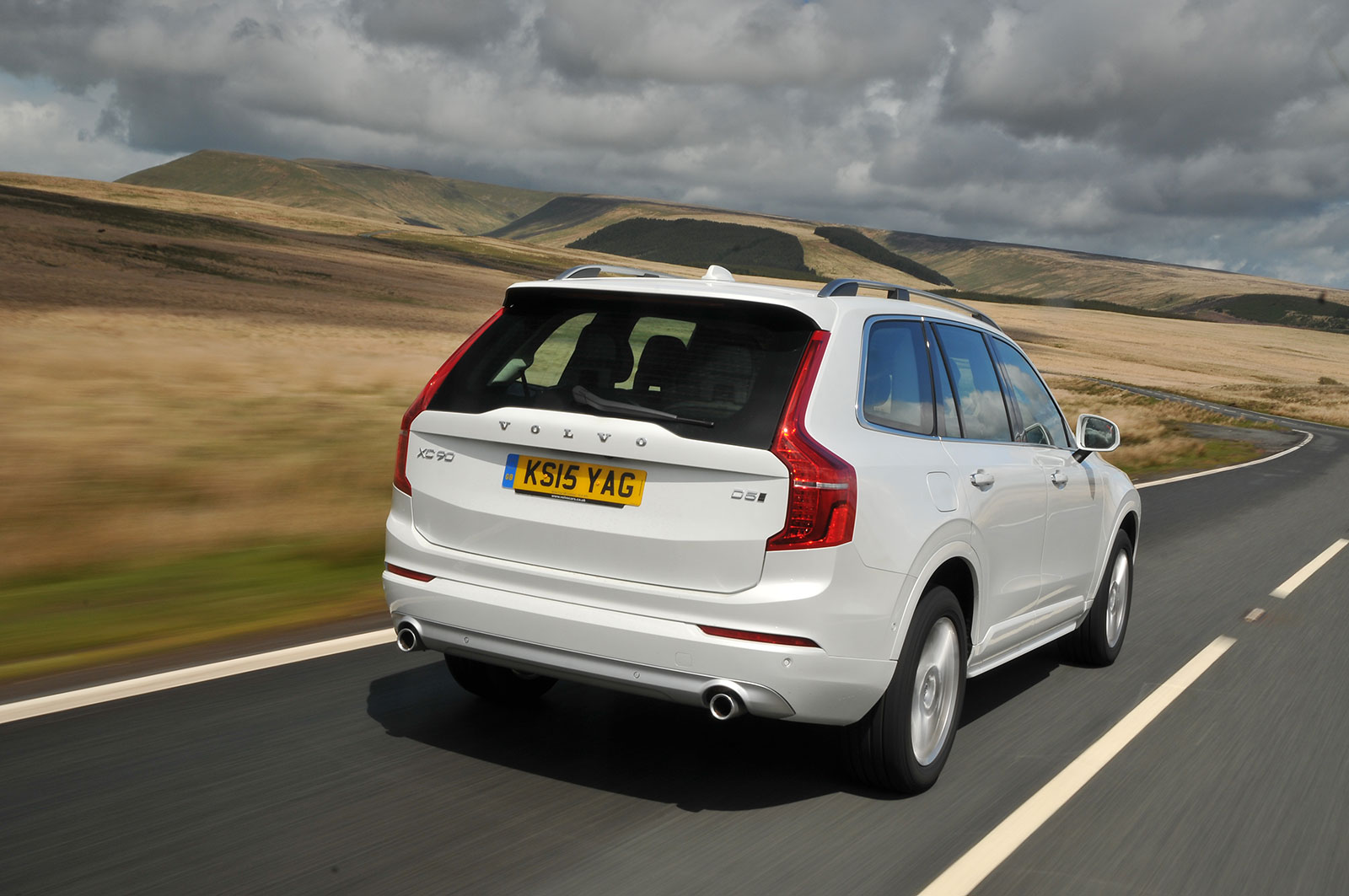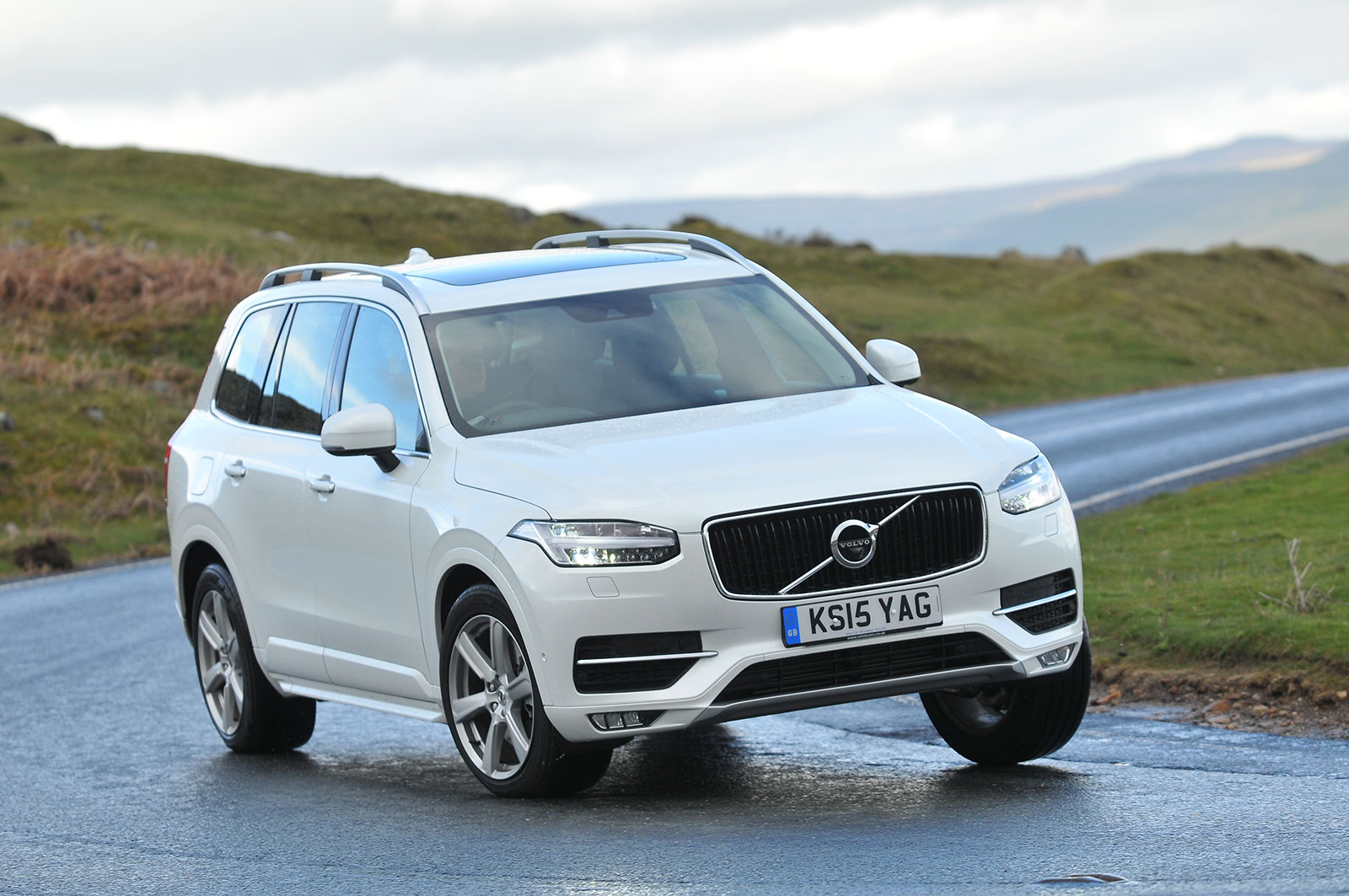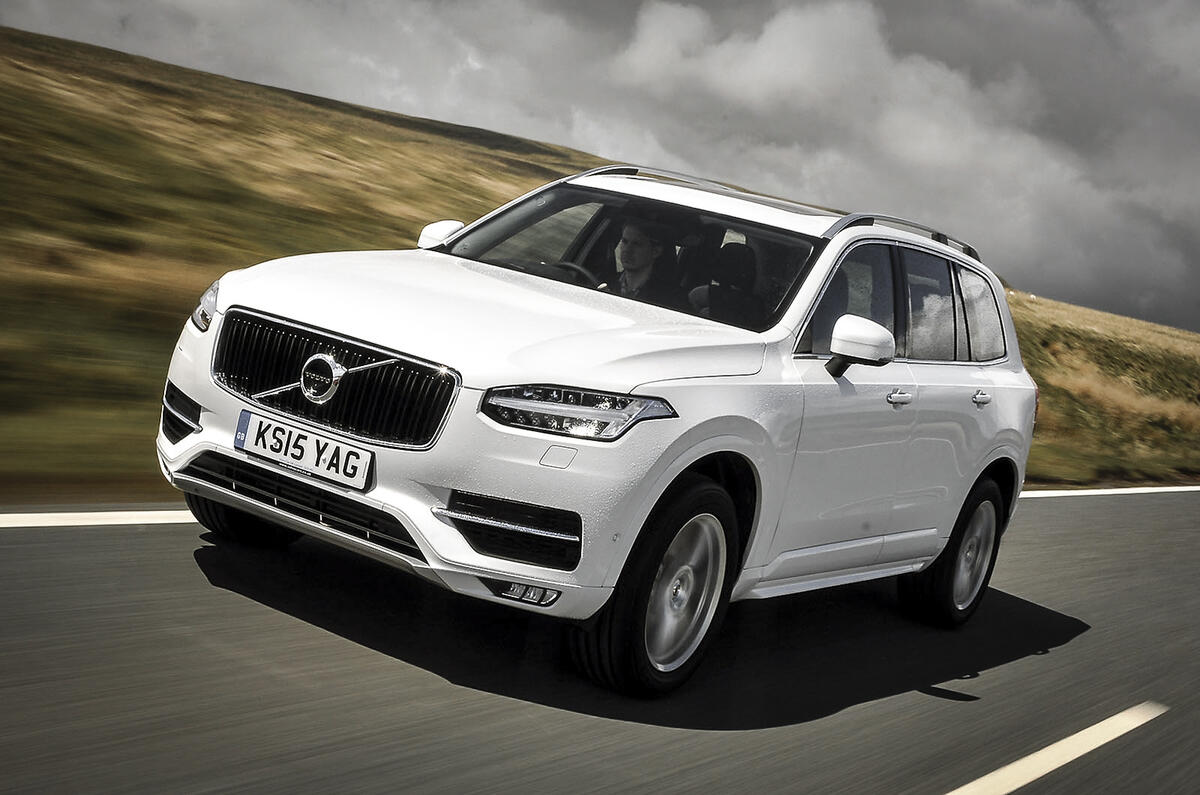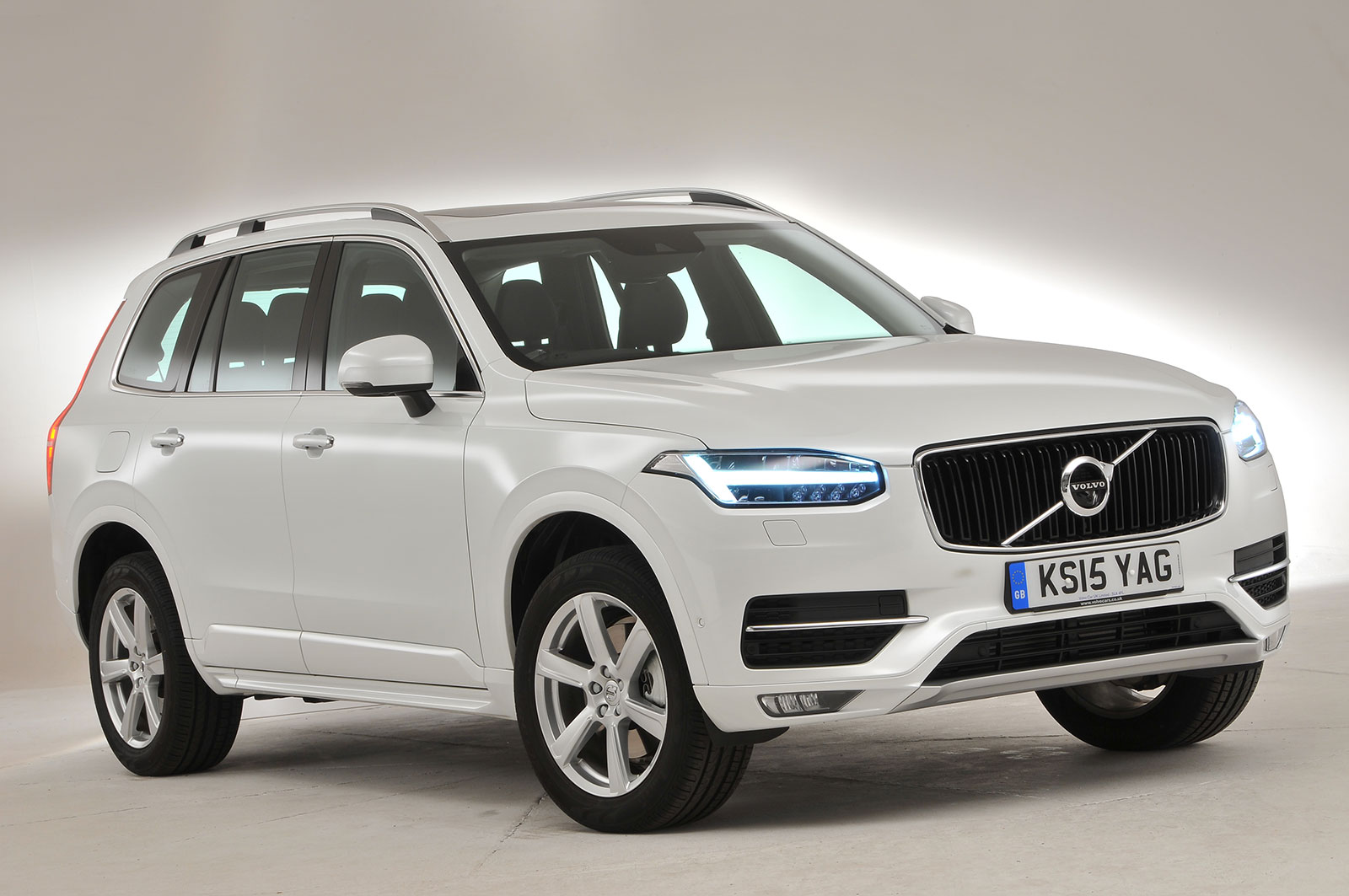Plush, mature and packed full of usable technology, the second-generation Volvo XC90 arrived as a serious statement of intent back in 2015, delivering performance, practicality, style and efficiency in a way that made it the definitive all-rounder in a segment brimming with talent.
But it also landed at a tricky time for Volvo: the firm was still trying to find its feet after a takeover by Chinese car giant Geely, and any successor to the original XC90 needed to hit the ground running as the seven-seater had grown into one of the brand’s best-selling models.
Volvo didn’t hold back. The XC90 got an all-new platform, complete redesign, electronic overhaul and revamped line of engines, accompanied by an upmarket interior in a bid to outdo the likes of the BMW X5, Land Rover Discovery and Audi Q7.
The effort paid off, to such an extent that it’s still on sale today – albeit following some chunky updates over the past few years.
But while the starting price for the latest version is a heady £64,000, you can grab yourself an early car for as little as £14,000.
When we first road tested the XC90, we were impressed by its 222bhp four-cylinder turbo diesel.
While it was down 500cc over the old five-pot, the oil-burner had more than enough gusto and was at the front of the class for throttle response.
Acceleration was helped by the XC90 being leaner than cars like the Land Rover Discovery 4, which was 274kg heavier.


